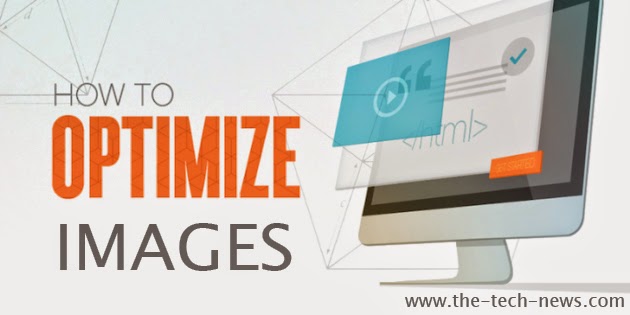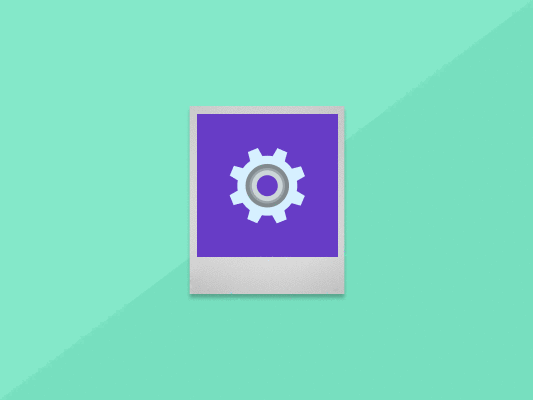

#Optimize images for seo how to#
Now that we have that cleared, let’s discuss how to optimize your images for SEO in the next section. So, if you’re not leveraging images to boost your website traffic, it’s high time that you start doing that. Images just open up a whole new avenue to attract a relevant audience to your website. This, in turn, will lead to an increase in website traffic and maybe even engagement and conversions. Increases Website TrafficĪs mentioned above, image SEO can help you rank high on SERP. That’s the benefit of image SEO-one that you can’t ignore. This clearly indicates the importance of images and the fact that they can help you rank.įor some pages, your content may not rank high on SERP but your images can. On average, over 25% of Google searches show images in search results. If you use image SEO properly, you can make your images rank at the top of Google image searches. Optimize your images using image SEO techniques to ensure that your pages load quickly and seamlessly on all devices. As mentioned above, one key goal of image SEO is to improve your page speed. In fact, most people will not stick around and wait for your page to load. A slow-loading page is the worst thing for user experience. However, adding too many images on a page takes its toll and slows down the loading speed. Images can convey a lot of information in an easy-to-grasp manner, adding to the usefulness of your content. We all know that images make already great content even more engaging and useful for the readers.

2.2 Helps You Rank in Google Image Searches.The alt attribute is a very important element for on-page website optimization, and interprets the image in a programming language to search engines. The image alt tag is as important as the file name and title, it’s also called alt attribute and interprets the image in an HTML document. The metadata of each image should be unique, descriptive, meaningful, and explains what the image is about

To optimize your web images, use relevant keywords in your file name, title tag, and alt tag.



 0 kommentar(er)
0 kommentar(er)
